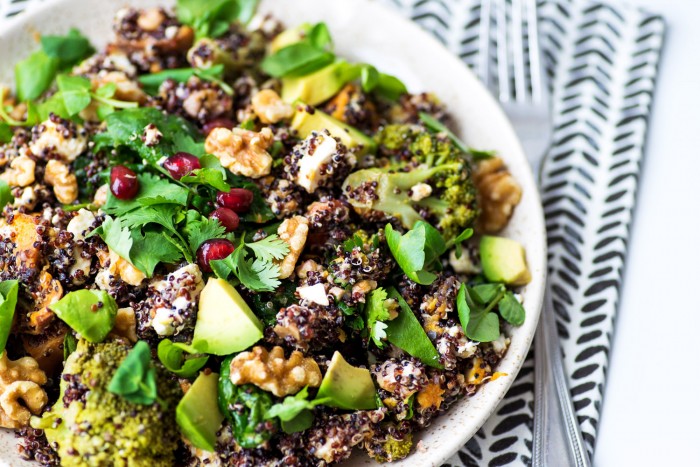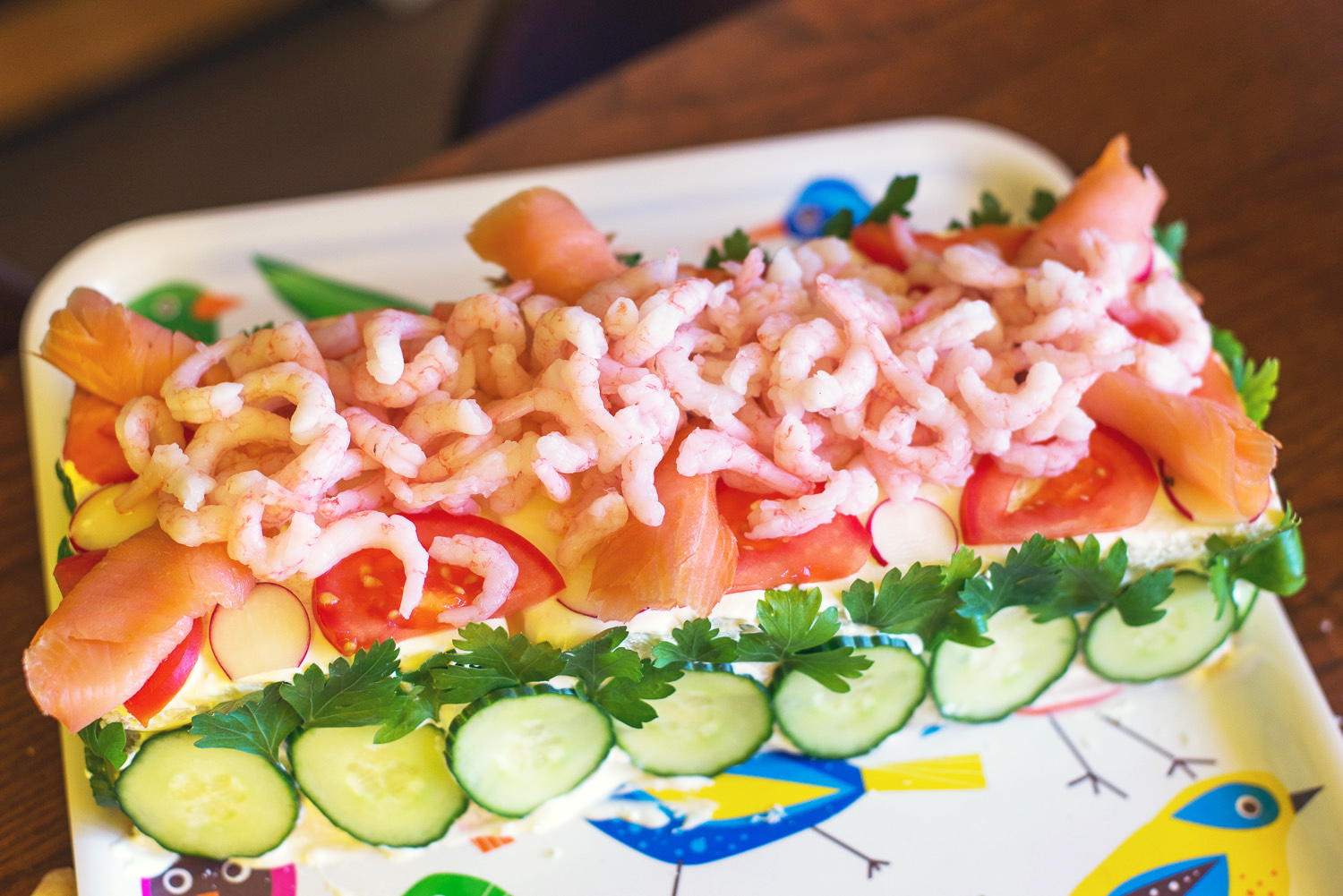We all understand the importance of eating more fruits and vegetables as part of a well-balanced diet. However, given how hectic today’s lifestyle can be, it may not always be easy to source, prepare, and store fresh produce. This results in a preference towards quicker meals – which are often pre-packaged, processed, or unhealthy.

However, fortunately, there are some easy strategies that can help you improve your diet by adding fruits and veggies to your daily meals, without the hussle! Let’s look at these strategies below.
Get Into a Habit of Having Smoothies For Breakfast
Let’s start with what has been long considered the most important meal of the day: breakfast! Breakfast cereals and milk often seem to be an easy, readily available alternative. However, these products, while seemingly healthy, may contain high levels of sugars and can be highly processed.
An easier way to start the day in a healthier way is to have smoothies or fruit salads. These are extremely easy to make: all you need is frozen fruits and vegetables, which will need to be quickly processed in a blender with milk – or plant-based alternatives – or, simply, water. Then, all it’s left to do is enjoy your blend of vitamins and minerals! Plus, the options are truly endless!
Craft Colorful Acai Bowls
Another option to eat more fruit is to play around with different Acai bowl recipes. Acai is a small, dark purple berry from the acai palm tree, which is native to the Amazon rainforest. This berry is known for its high antioxidant content, which helps promote heart health and supports the immune system. Often considered a superfood, acai can boost energy levels and improve skin health thanks to its nutrient-rich profile!
To get started with consuming acai regularly, an acai bowl for breakfast or mid-afternoon snack is the perfect way to keep energized throughout the day and incorporate more fruit into your diet. Again, the options are endless – you can add strawberries, banana, coconut, and more!
Add a Side of Vegetables to Every Meal
If you prefer your main meals to be primarily protein or carbs sources, an easy way to integrate more vegetables is to add a side dish. These can be made in a wide variety of ways: just think of roasted carrots or broccoli, sauteed or stir fried veggies, and even salads!
When choosing the best side dishes for your main meal, be sure to take into account how different flavors pair together. However, also consider seasonality! Opting for seasonal veggies can reduce your environmental impact and offer you higher levels of vitamins and minerals, as seasonal vegetables are often more nutritious than off-season produce!

Photo by Iñigo De la Maza
Snack on Fruits Throughout the Day
If you tend to get hungry half way through the morning, in the afternoon, or after dinner, don’t beat yourself up! This is completely natural: your body needs the energy and nutrients to support you throughout the day! However, instead of processed snacks, that are often high in sugar and saturated fats, consider the benefits of swapping them for veggies or fruits, such as:
- Hummus with red pepper or carrot sticks
- Apple slices with almond butter
- Cucumber and avocado rolls
- Baked chickpeas with spices
- Greek yogurt with berries
- Baby carrots with guacamole
- Roasted edamame with sea salt
- Celery sticks with natural peanut butter
Not only are these snack ideas easy to make, but they are also much cheaper than grocery store, pre-packaged snacks!
Shift Towards More Plant-Based Meals
Shifting towards a vegan diet or plant-based meals, and following a plant-forward diet, is an excellent way to improve your overall health. Studies have seen that these diets, when balanced and well-planned, can reduce the risk of diseases like cardiovascular conditions, diabetes, and obesity, promoting long-term health and easier weight management.
Of course, if you are just getting started with plant-based diets, you may consider partnering with a nutritionist. However, making even small changes is easier than you’d think: start looking at ways to stop animal-based products for plant-based ones and find less processed alternatives! Jamie Oliver’s superfood salad with quinoa, avocado, broccoli and walnuts is a great and nourishing alternative to meat!

Experiment with Different Salad Recipes
Whether you grow your own produce in the garden, or prefer to show at the local farmer’s market, there are endless ways to create delicious and nutritious salads with local and seasonal ingredients. Just make sure to look beyond the classic lattice, tomato, and cucumber mix! For example, you could create fall-inspired mixes with carrots, pumpkin, seeds, and cabbage. Alternatively, warm winter salads could include roasted broccoli, cauliflower, and grains. If you are looking for inspiration, seek recipes online or consult your local farmers for ideas!
Speak to a Specialized Nutritionist
If you are looking to improve your overall diet, consulting a specialized nutritionist can be extremely beneficial. A specialist can help you navigate the challenges ahead and ensure your new diet fits with your goals and lifestyle needs!










